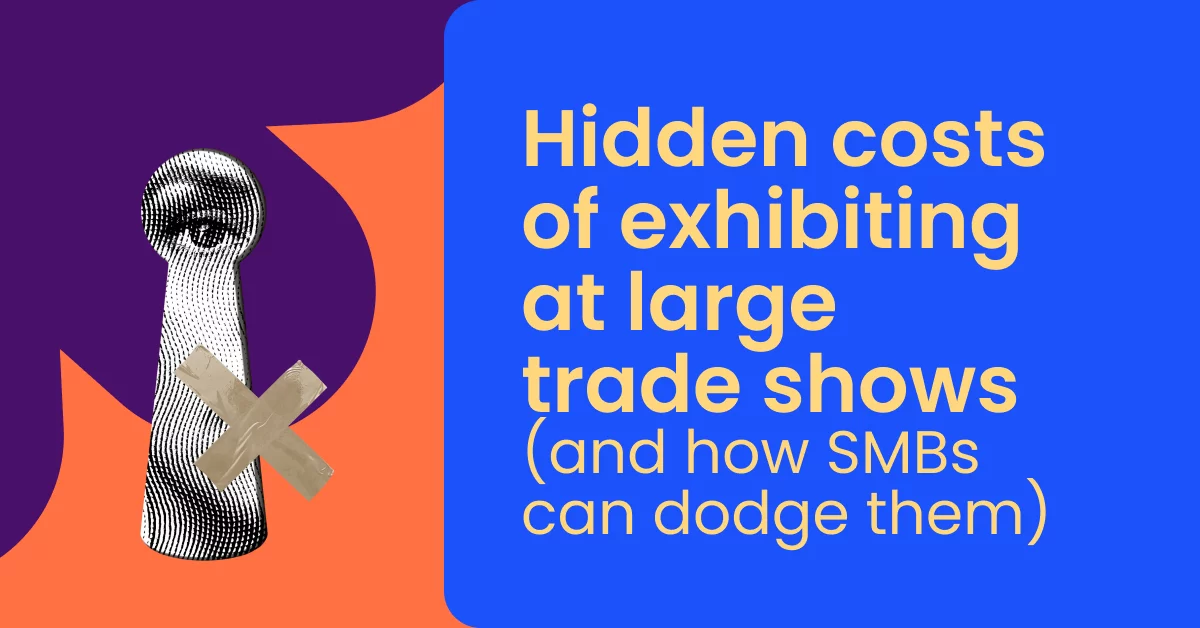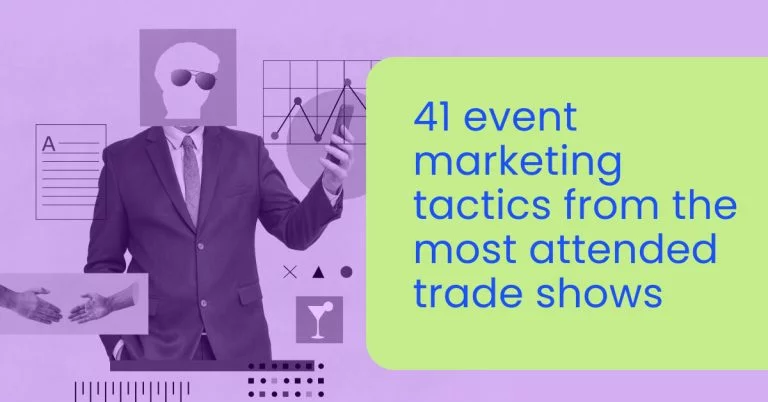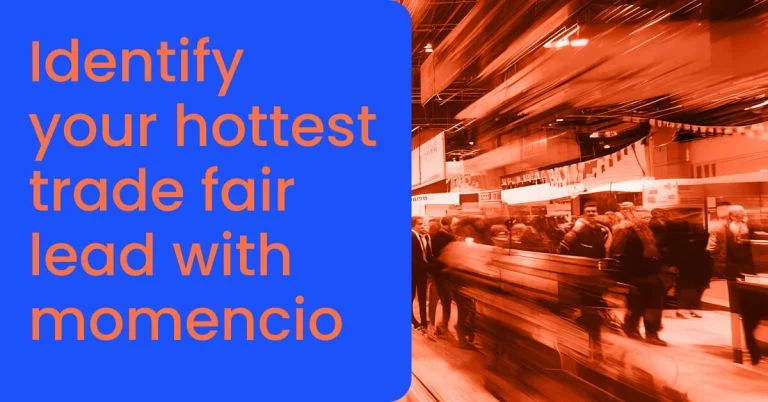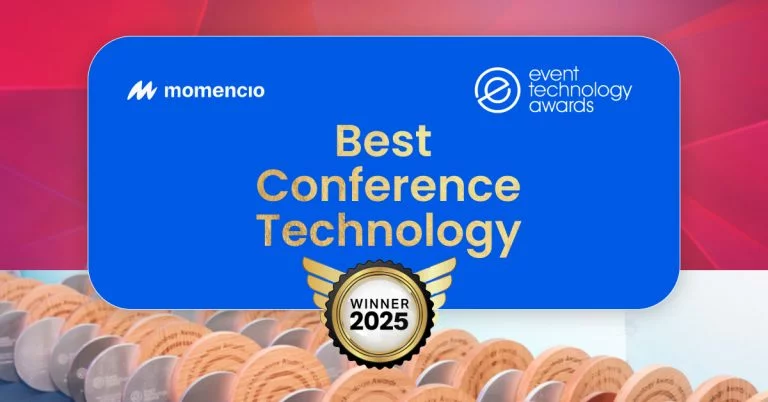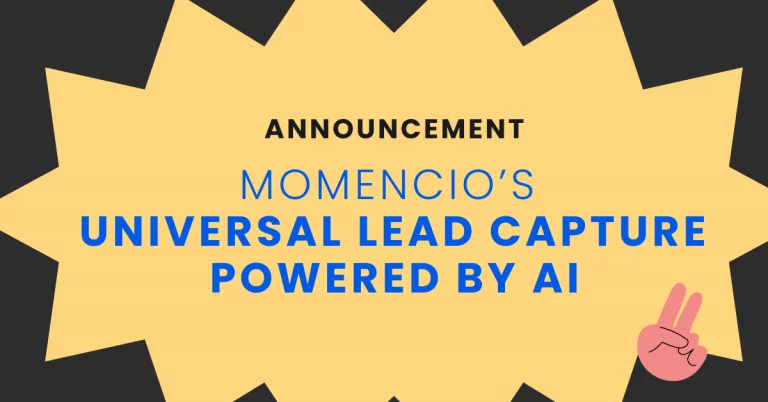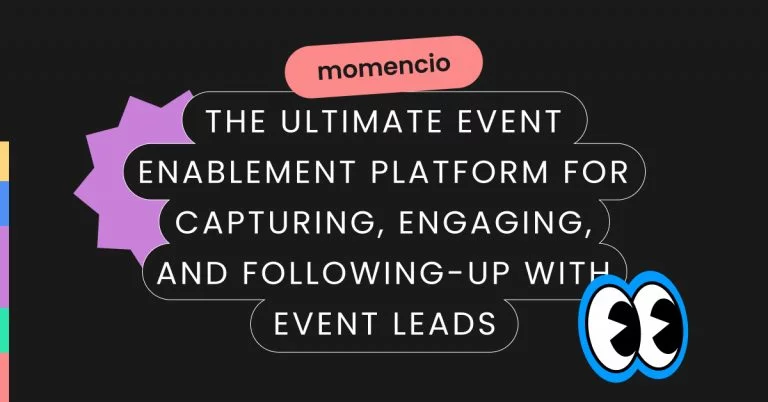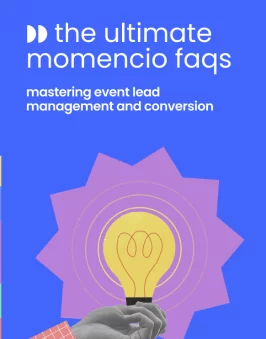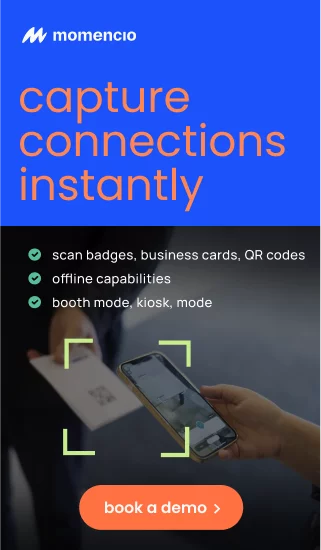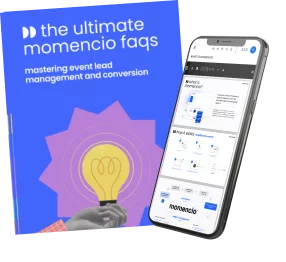You think you’ve budgeted for the large trade shows. You’ve paid for the booth space, you’ve got your team lined up, and you feel ready. Then the bills start arriving. Another invoice for shipping. A surprise fee for electricity. An unexpected charge for scanning badges. Before you know it, the show that was supposed to cost $10,000 is burning through $30,000.
This is the trap that swallows small and medium businesses at big U.S. tech trade shows. You go in with optimism, and you come out with a bruised budget and too few results to justify the pain.
The truth is, trade shows are designed for giants. Fortune 500 companies can shrug off hidden costs. But if you’re running a lean marketing budget, every dollar matters. What you don’t know can hurt you — badly.
That’s why this article exists. To shine a light on the hidden costs nobody tells you about. To show you, line by line, where SMBs bleed money. And to share the practical ways you can fight back. You don’t need gimmicks. You need the facts, and a smarter way to play the game.
The iceberg problem: what you see vs. what you pay
Imagine an iceberg. The part you see above the water is small. The massive bulk lies hidden underneath, ready to sink ships.
That’s exactly how trade show costs work.
You see the booth fee — $10,000, maybe $12,000. It looks manageable. But beneath the surface lurk the real expenses: drayage, union labor, electricity, Wi-Fi, furniture, scanners, travel, meals, and more. Research shows that for every dollar you spend on booth space, you’ll spend two more just to get everything else done.
One exhibitor booked a modest 10×10 booth at a U.S. tech show. The space cost $12,000. They thought their total would be $15,000. After all the hidden costs rolled in, the final bill was $38,000. Nearly three times their budget.
This is why so many SMBs walk away from trade shows feeling burned. They looked at the tip of the iceberg, not the bulk under the waterline. And when the true costs hit, they had no room left to invest in what really matters — capturing leads and closing business.
If you don’t want to sink like that, you need to understand what’s hiding beneath the surface.
The hidden costs that wreck SMB budgets
You don’t lose money at trade shows because of one big mistake. You lose it in dozens of small, sneaky charges. Here are the usual suspects.
Freight and drayage
Shipping your booth is expensive. But the real sting comes when the venue charges you to move your crates from the loading dock to your booth. It’s called drayage. Rates often run $75–$150 per hundred pounds. If your booth weighs half a ton, that’s another $750 before you’ve even unpacked.
Union labor
At big convention centers, you can’t just roll up your sleeves and set up your own booth. You’ll be told to hire union workers — often at $90 an hour, with minimum time blocks. Plugging in a lightbulb or standing on a ladder could end up on your invoice.
Electricity and Wi-Fi
Want a power outlet? That’s a few hundred dollars. Reliable Wi-Fi? Eighty bucks per device, per day. You pay because you have no choice.
Lead scanners
Many shows discourage you from using your own event apps. They rent you their official scanners at $1200-1500. Forget to budget for it, and you’re stuck paying on-site — at a premium.
Travel and lodging
Flights double. Hotels sell out. Your three-person team suddenly costs you $8,000 in airfare and rooms alone. And that’s before you’ve paid for taxis, dinners, and coffee runs.
Swag and collateral
Boxes of brochures. Branded pens. Stress balls nobody keeps. All of it adds up. Worse, half of it comes back with you, or worse — goes straight into the trash.
Furniture and flooring
Think you can just stand on concrete? Think again. Most venues require carpet, and if you don’t bring it, you must rent theirs. Chairs and tables rented from the show vendor can cost three times their retail price.
Insurance and miscellaneous
Then come the last-minute surprises: liability insurance, overtime surcharges, cleaning fees, rush charges for late orders. Every overlooked detail turns into a new line on your bill.
The pattern is simple: the booth fee is just the ticket in. Everything else is where the trade show organizers really make their money. And where SMBs bleed theirs.
A realistic cost vs. ROI breakdown
Let’s consider TechStart Inc, fictitious company we just created to understand this. They’re a small tech company with big ambitions. Last year, they booked a 10×10 booth at a major U.S. trade show.
Here’s what they thought would happen:
- Booth space: $10,000
- A lightweight booth, a few flyers, three staffers traveling in: another $10,500
- Total budget: $20,500
- Goal: collect 150 leads, close 10 deals worth about $50,000
A sensible plan. On paper, it looked good.
Now here’s what actually happened:
- Freight and drayage came in heavier than expected: +$1,500
- Union labor showed up to “help” assemble the booth: +$1,200
- Power and Wi-Fi weren’t optional: +$900
- Two badge scanners rented on-site: +$2500
- Hotels and flights spiked in price: +$2,500
- Extra dinners and last-minute reprints of collateral: +$1,000
Final bill: $30,100.
They still captured 150 leads. But only 45 were followed up with in the first week. The rest went cold. Three months later, only two deals closed, bringing in $10,000 in revenue.
So instead of a positive ROI of $29,500, TechStart walked away with an $20,100 loss.
And that’s the trap. Not the booth fee. Not the number of badge scans. The real killers were the hidden costs and the missed follow-up.
How SMBs can dodge the hidden expenses of large trade shows
This is not theory. It’s a set of moves you can execute right now to keep your budget from bleeding dry.
1. Go modular. Go light
Choose a booth design that one person can carry. Fabric backdrops. Collapsible frames. If you can roll it in by hand, you avoid drayage fees.
2. Book everything early
Flights. Hotels. Utilities. Furniture. Early orders are cheaper. Late orders are punished. Put reminders in your calendar.
3. Shrink the team
Three trained staff can handle a 10×20 booth. Eight is waste. Every extra body means airfare, hotel, meals. Travel lean.
4. Pick your shows carefully
Don’t chase every giant expo. Target the ones that match your buyers. A smaller regional event can deliver better leads for less.
5. Replace scanners with your phone
Renting a badge scanner costs $200 a pop. Use momencio. One app, one device, instant lead capture. No waiting for data dumps.
6. Kill the paper
Brochures get tossed. Swag gets ignored. Share content digitally. With momencio you send a microsite, track what they view, and never print 500 flyers again.
7. Follow up fast
Most exhibitors lose because they never contact the leads they worked so hard to collect. Don’t wait. Use momencio to send personalized follow-ups within 24 hours.
Execute these steps and you won’t just dodge hidden costs — you’ll turn the show into profit instead of pain.
Smarter exhibiting: the mindset shifts
Most SMBs go to trade shows chasing the wrong prize. They think the goal is to look big, to match the giants with towering booths and overflowing swag. That’s a mistake.
Mindset shift #1: Presence isn’t success.
You don’t win by being seen. You win by turning conversations into business. Forget how big your booth looks. Focus on how fast you follow up.
Mindset shift #2: More isn’t better.
More shows. More leads. More handshakes. It sounds good, but it drains your budget and your team. Ten serious conversations with the right buyers will beat 200 badge scans from passersby.
Mindset shift #3: Technology is your equalizer.
The giants can afford armies of staff. You can’t. But you can use tools that make one rep as effective as five. momencio exists for this reason: to capture every lead, enrich it instantly, and make follow-up automatic. It’s how a small team looks big without spending big.
Mindset shift #4: Learn ruthlessly.
Big companies can afford waste. You can’t. After every show, ask: what did we spend, what did we close, what will we cut? Every mistake you repeat is money you don’t have.
Trade shows are not a beauty contest. They’re a pipeline test. Start judging your performance not by applause, but by revenue.
Conclusion
Trade shows are not cheap mistakes you chalk up to “brand awareness.” They are investments. If you don’t see a return, you shouldn’t be there.
Most SMBs fail because they underestimate costs and waste the leads they pay so much to collect. You don’t have to. Budget for the hidden expenses. Cut what doesn’t matter. Capture every lead. Follow up fast.
That’s the difference between losing $18,000 and making $30,000.
If you’re serious about making trade shows pay, start now. Plan smarter. Spend sharper. And use tools built to stop money leaking out of your booth. Tools like momencio.
Because in the end, it’s not about how good your booth looked. It’s about how much business you brought home.
Book a free personalized demo of how momencio can change the game for your business at the next event.
FAQs
Q: How do we avoid wasting money on rented badge scanners?
Use momencio. It lets you capture every lead directly from your phone — scanning badges, QR codes, even business cards — without paying the organizer’s rental fees.
Q: We always overspend on printing brochures that end up in the trash. What’s the smarter alternative?
With momencio, you don’t need paper. You send each prospect a personalized microsite with the exact content they asked for. It’s cheaper, waste-free, and you can see what they actually view.
Q: Following up with leads is our biggest weakness. How do we fix it?
momencio automates the process. The moment you capture a lead, it builds a profile, syncs it to your CRM, and triggers personalized follow-up within 24–48 hours. No more cold leads.
Q: We can’t afford big teams to handle everything on-site. How can a small crew keep up?
momencio levels the playing field. One rep with the app can capture, qualify, and share content like a team of five — and sales gets notified instantly when hot leads engage.
Q: Trade shows feel like a gamble for SMBs. How do we make sure ROI is worth it?
By using momencio to track the entire journey. You’ll know which shows bring the best leads, how those leads engaged, and which ones turned into deals. That way, you only invest in the events that pay off.
